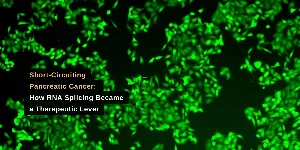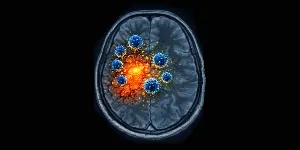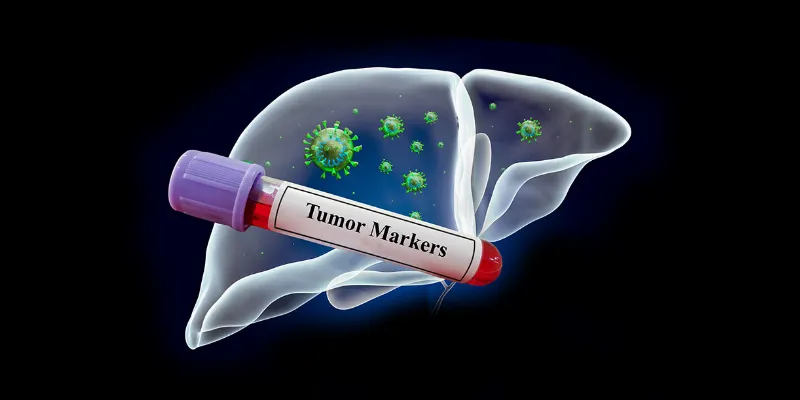Newly Discovered Insulin Nanoclusters Could Transform Diabetes Treatment


Biotech |
11 October 2023
Researchers from Karolinska Institutet have developed insulin nanoclusters using DNA origami technology, potentially transforming diabetes treatment. This groundbreaking discovery could pave the way for innovative insulin medications, and offering targeted treatment options for diabetes patients.
The study performed by Ana Teixeira's research team, recently published in Nature Nanotechnology, suggests that insulin nanoclusters can significantly alter insulin activity. The findings highlight the possibility of creating new insulin therapies that more closely mimic the body's natural insulin release dynamics.
In their study, researchers articulated that: "Our results show that the control of insulin multivalency and spatial organization with nanoscale precision modulates the insulin receptor responses, independent of the insulin concentration. Therefore, we propose insulin nanoscale organization as a design parameter in developing new insulin therapies.”
“There is a need to find new ways to implement insulin replacement therapy. The results of our study can lead to new types of insulin drugs. We show a new way to deliver insulin that could lead to different dynamics of insulin action as well as the development of tissue-specific insulin variants,” said Ana Teixeira.
Using advanced super-resolution imaging, the team meticulously studied the spatial arrangement of insulin receptors on cell membranes. These were formed using DNA origami technology, where DNA acts as a platform to assemble the insulin molecules. This technique allowed precise control over the number and arrangement of insulin molecules in each nanocluster.
The team then evaluated the impact of various insulin nanocluster designs on adipose cells and further tested their findings using a zebrafish diabetes model. Their results in a zebrafish diabetes model showcased a significant reduction in glucose levels upon treatment with multivalent insulin nanostructures.
Teixeira is optimistic about the potential applications: "We will characterize insulin receptor nanoclusters in different tissues using super-resolution microscopy and NanoDeep, a method we previously developed that uses DNA instead of light to detect the localization of proteins in cells, as is the case in conventional microscopy. We aim to use these data to guide the design of insulin nanoclusters that target specific tissues.”
This groundbreaking research holds promise in addressing the global diabetes challenge, potentially providing patients with a more effective and targeted insulin treatment option.
The primary funders of the study included the Novo Nordisk Foundation, European Research Council, Swedish Research Council, Knut och Alice Wallenberg Foundation, Diabetesfonden, and the European Foundation for the Study of Diabetes.
Abstract of the research
Multivalent insulin receptor activation using insulin–DNA origami nanostructures
Abstract: Insulin binds the insulin receptor (IR) and regulates anabolic processes in target tissues. Impaired IR signalling is associated with multiple diseases, including diabetes, cancer and neurodegenerative disorders. IRs have been reported to form nanoclusters at the cell membrane in several cell types, even in the absence of insulin binding. Here we exploit the nanoscale spatial organization of the IR to achieve controlled multivalent receptor activation. To control insulin nanoscale spatial organization and valency, we developed rod-like insulin–DNA origami nanostructures carrying different numbers of insulin molecules with defined spacings. Increasing the insulin valency per nanostructure markedly extended the residence time of insulin–DNA origami nanostructures at the receptors. Both insulin valency and spacing affected the levels of IR activation in adipocytes. Moreover, the multivalent insulin design associated with the highest levels of IR activation also induced insulin-mediated transcriptional responses more effectively than the corresponding monovalent insulin nanostructures. In an in vivo zebrafish model of diabetes, treatment with multivalent—but not monovalent—insulin nanostructures elicited a reduction in glucose levels. Our results show that the control of insulin multivalency and spatial organization with nanoscale precision modulates the IR responses, independent of the insulin concentration. Therefore, we propose insulin nanoscale organization as a design parameter in developing new insulin therapies.











Comments
No Comments Yet!